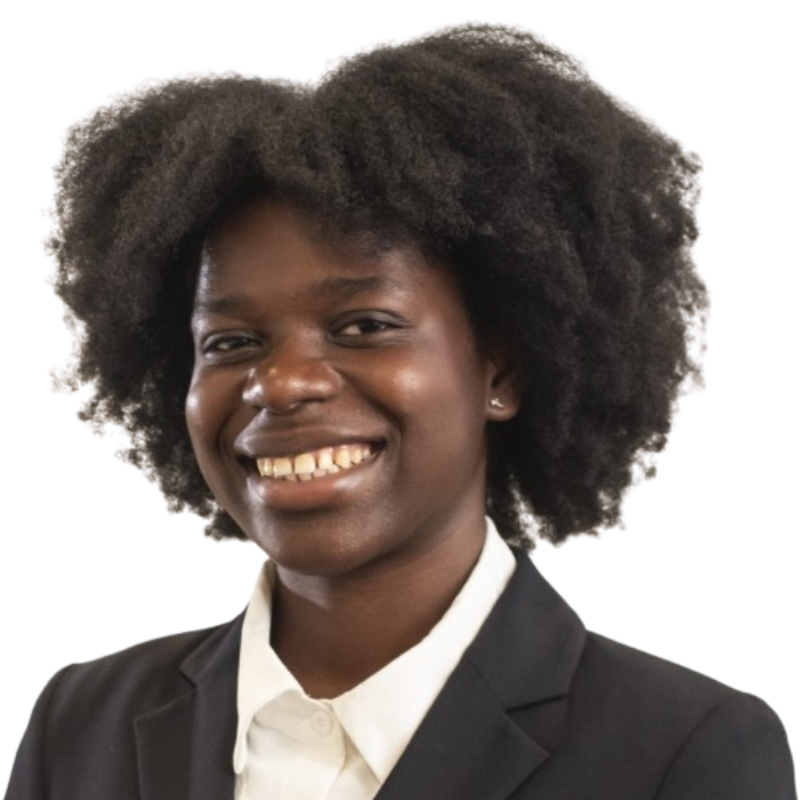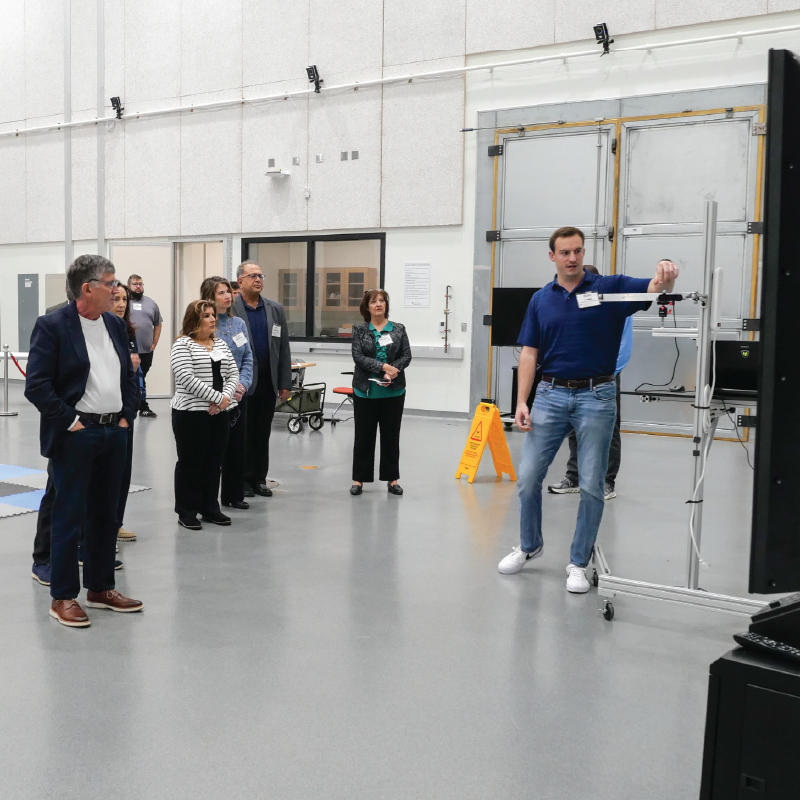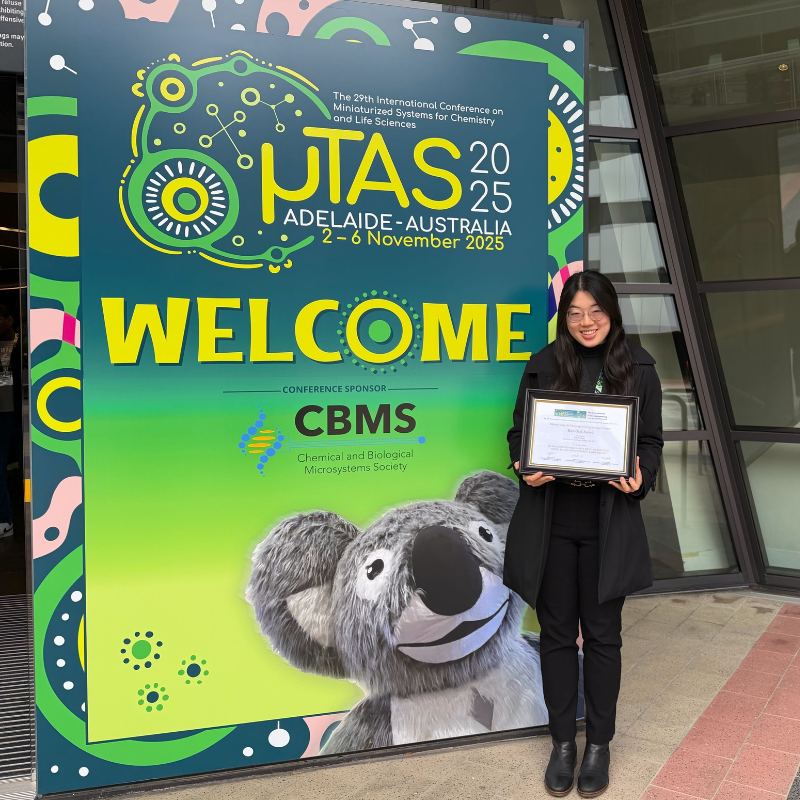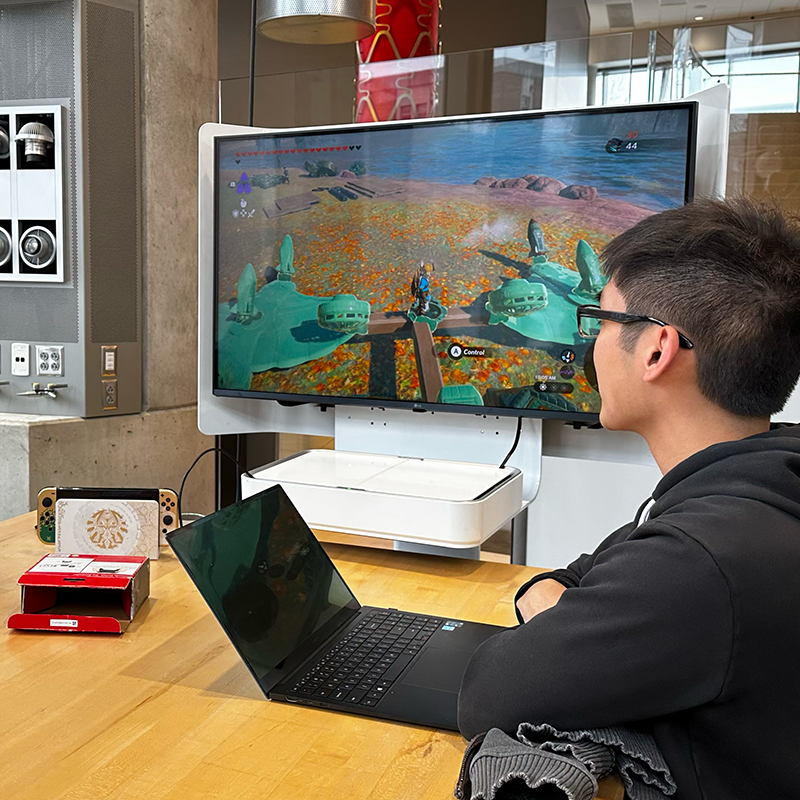News Story
Found in Space
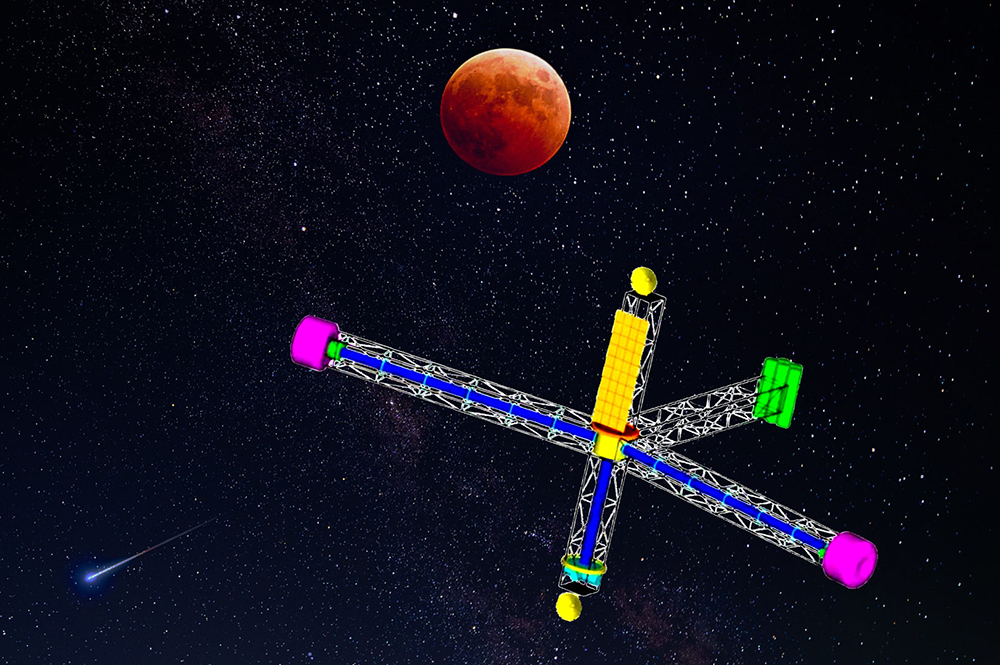
A space mission planned by a group of University of Maryland aerospace engineering undergraduates at the turn of the century recently took flight—at least, in the pages of a sci-fi novel.
“Clarke Station”—the capstone design project by a group of 2001 graduates (who named it in honor of Arthur C. Clarke, author of the short story “The Sentinel” and co-author of the screenplay based on the short story and named for their graduation year, 2001: A Space Odyssey) inspired the fictional spaceship at the center of New York Times bestselling author Daniel Suarez’s latest book, “Delta-v,” a near-future epic about the first mission to mine an asteroid.
Suarez, who specializes in novels that closely hew to actual science and technology, found plans for the artificial gravity station online during advance research. “It had all the information I really needed to get down to the brass tacks of how to design this,” he says.
Although he didn’t contact any of the team, Suarez named all 24 students, along with their advisers, aerospace engineering Professors David Akin and Mary Bowden, in the book’s acknowledgements.
“I just started reading it, and I’m looking forward to seeing how our wild design shows up in the book,” said Cristin Sawin Rosenbaum ’01, who focused on Clarke Station’s project management and today works in the semiconductor industry in Portland, Oregon. “The first thing I did when I received my copy was skip to the back—it’s always cool to see your name in print.”
Three-armed Clarke Station was designed to orbit around a LeGrange point between the Earth and moon—essentially a point in space where gravity between the two reaches equilibrium—spinning at 3 rpm to create artificial gravity for astronauts inhabiting modules at the end of two of the arms. Scientists who’ve studied astronauts after extended periods in orbit around Earth believe that journeys of the duration required to travel beyond Mars could harm astronauts through bone and muscle loss and changes to the circulatory and other systems.
“The idea behind Clarke Station was to design an artificial gravity space station so we can put humans in different levels of gravity and study what it does to human physiology,” said Akin, who has since helped oversee other space station capstone design projects in 2007 and 2013. “If you started seeing signs of illness, you could bail out and be back on earth in three days. You couldn’t do that in the middle of a nine-month trip to Mars.”
One of his former students, Dominic DiPasquale ’01, is now an independent space consultant in Atlanta who’s worked on projects including, among other things, real-life space station designs. Clarke Station, he said, helped set him on the path to his career.
“The first few years of math, chemistry, and basic engineering courses are kind of brutal, in my opinion—you don’t really see any applications until the third and fourth years,” he said. “But working on that project, at least in my mind, it was the realization that, ‘Ah, this is how it fits together.’”
In fact, DiPasquale said, “Some of the advanced concept stuff I work on now gets kind of close to Clarke Station. I’m just realizing now how influential it was.”
This story first appeared on Maryland Today.
Published September 20, 2019


